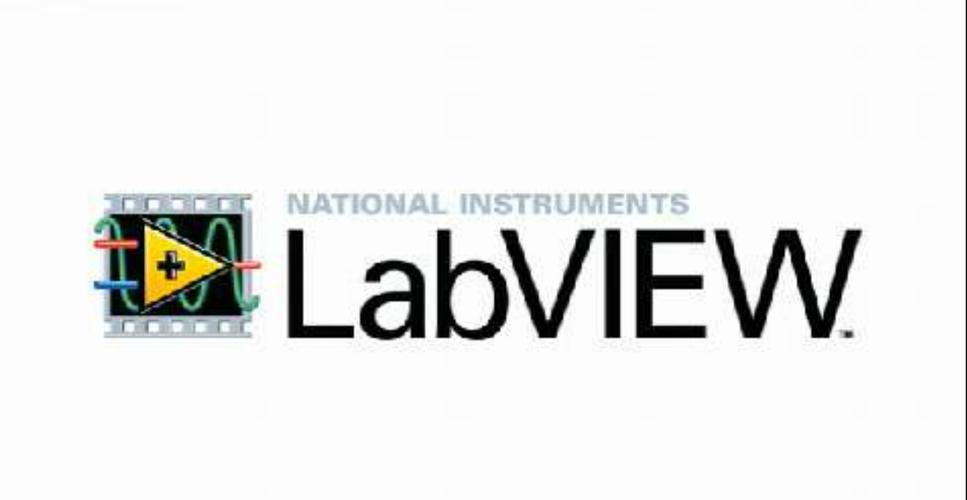Table of contents

1. Software Introduction
LabVIEW (Laboratory Virtual Instrument Engineering Workbench) is a graphical programming tool developed by National Instruments (NI for short), which is widely used in the development of test, measurement and control systems. LabVIEW integrates a large number of tools and libraries that can help engineers and scientists quickly build efficient and reliable test and measurement systems.
1. The history and evolution of LabVIEW
Since LabVIEW came out in 1986, it has experienced many version updates and function enhancements. Originally, LabVIEW was just a simple graphical programming tool, mainly used to simplify the development of test and measurement systems. With the development of technology and the continuous growth of user needs, LabVIEW has gradually developed into a powerful and widely used software platform. At present, LabVIEW has become one of the tools of choice for millions of engineers and scientists around the world.
2. The main features of LabVIEW
- Graphical programming: LabVIEW adopts graphical programming, which makes developing test and measurement systems simple and intuitive. Users can build programs by dragging and dropping different functional modules without writing complicated text codes.
- Rich tool library: LabVIEW integrates a large number of tools and libraries, including data acquisition, signal processing, data analysis, data visualization, etc. These tools and libraries help engineers and scientists quickly build various test and measurement systems.
- Scalability: LabVIEW supports the integration of multiple hardware and software platforms, and users can expand the functions of LabVIEW according to their needs. For example, users can add custom modules or functions through the plug-in mechanism of LabVIEW.
- Visual analysis: LabVIEW provides a wealth of data visualization tools, such as charts, waveforms, tables, etc., which can help users analyze and display test and measurement data intuitively.
- Cross-platform support: LabVIEW supports multiple operating systems, such as Windows, Linux, Mac, etc. Users can run LabVIEW programs on different platforms.
3. The main application fields of LabVIEW
- Test and measurement: LabVIEW can be used to quickly build various test and measurement systems, such as physical quantity measurement, chemical composition analysis, product performance testing, etc.
- Control Engineering: Various control algorithms and control systems can be designed using LabVIEW, such as industrial process control, robot control, etc.
- Data acquisition: Using LabVIEW can realize the acquisition and processing of various sensors and signals, such as biomedical signals, environmental monitoring data, etc.
- Simulation and modeling: use LabVIEW to perform system simulation and modeling, such as circuit simulation, fluid dynamics simulation, etc.
- Teaching and scientific research: LabVIEW can be used to carry out various teaching and scientific research experiments, such as physical experiments, chemical experiments, biological experiments, etc.
2. Software download
Link: https://pan.baidu.com/s/1mpoj9TJuj9lyLOQO6zozCA?pwd=mt1z
Extraction code: mt1z